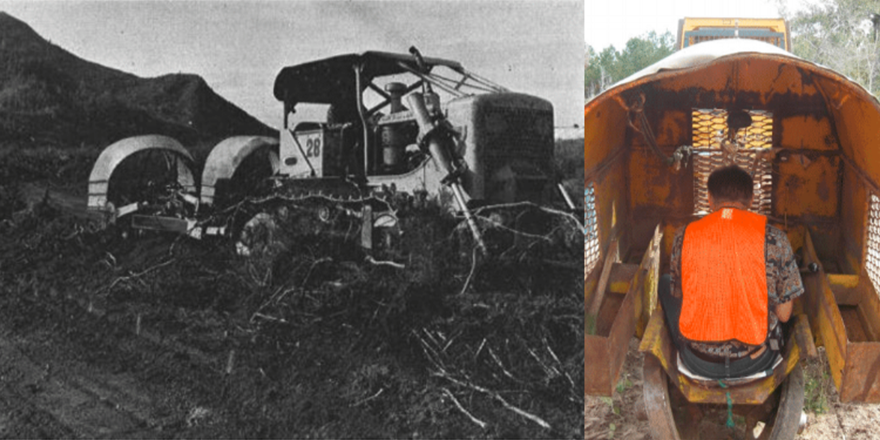
Executive Summary
The New Zealand plantation forest industry currently relies on manual labour to carry out silviculture operations, particularly planting, waste thinning and pruning. However, the industry is currently experiencing significant labour shortages. This is likely to be exacerbated for silviculture operations, particularly for planting in the short-term, with the commencement of the New Zealand Government’s ‘1 Billion Tree’ programme. A potential strategy to overcome the issues of labour shortages for silviculture operations is through mechanisation.
The aim of this study is to provide an insight into the opportunities and challenges of mechanised silviculture for the New Zealand forest industry, with a particular focus on planting, waste thinning and pruning. A review was carried out of the historical and current use of mechanised silviculture in New Zealand and internationally. A survey was also conducted of members of the New Zealand forest industry to attain their views on mechanisation of silviculture.
The review of current technologies showed that for:
- Planting, there are machines in Sweden, Finland, Canada and South Africa which have potential, though they would likely require adaption to operate effectively and efficiently in New Zealand conditions. Timberlands Ltd is currently trialling one of these machines in Kaingaroa forest.
- Waste thinning, there are currently some machines in operation in New Zealand, but they are limited to relatively gentle topography. There does not seem to be any other suitable technologies available, particularly for steeper terrain.
- Pruning, there does not seem to be any technologies that could be readily adopted for use in New Zealand forest conditions.
The results of the survey showed that:
- Over 90% of respondents had some or significant issues obtaining suitable labour or contractors for planting and thinning.
- Nearly 60% of respondents believed development and/or implementation of mechanisation for thinning was important for their organisation within the next 5 years. For planting and pruning, this figure was 45%.
- Over 63% of respondents thought a significant mechanised research and development programme should be developed for either planting, thinning or pruning within the next 5 years.
- The main benefit of mechanised silviculture for the New Zealand forest industry is that it could reduce the health and safety risk for workers, particularly on steep terrain.
- The most significant challenge for mechanised silviculture is operating machines on steep and variable terrain, as well as dealing with physical impediments (e.g. slash/logs).
The results of the review and survey indicate that the New Zealand forest industry has two options for implementing mechanisation of silviculture, particularly on steep terrain:
- Adapt some of the existing mechanised silviculture technologies to enable them to operate effectively and efficiently in New Zealand conditions.
- Investigate research and development of new technologies.
Implementation considerations include challenges and risks of technology development, the effect of potential labour supply changes on the viability of mechanisation, and social impacts.
It is recommended that the results of this study are presented to the Forest Owners Association’s (FOA) Forest Research Committee to initiate discussion and determine the desire and feasibility of a forest industry mechanised silviculture research and development programme.




